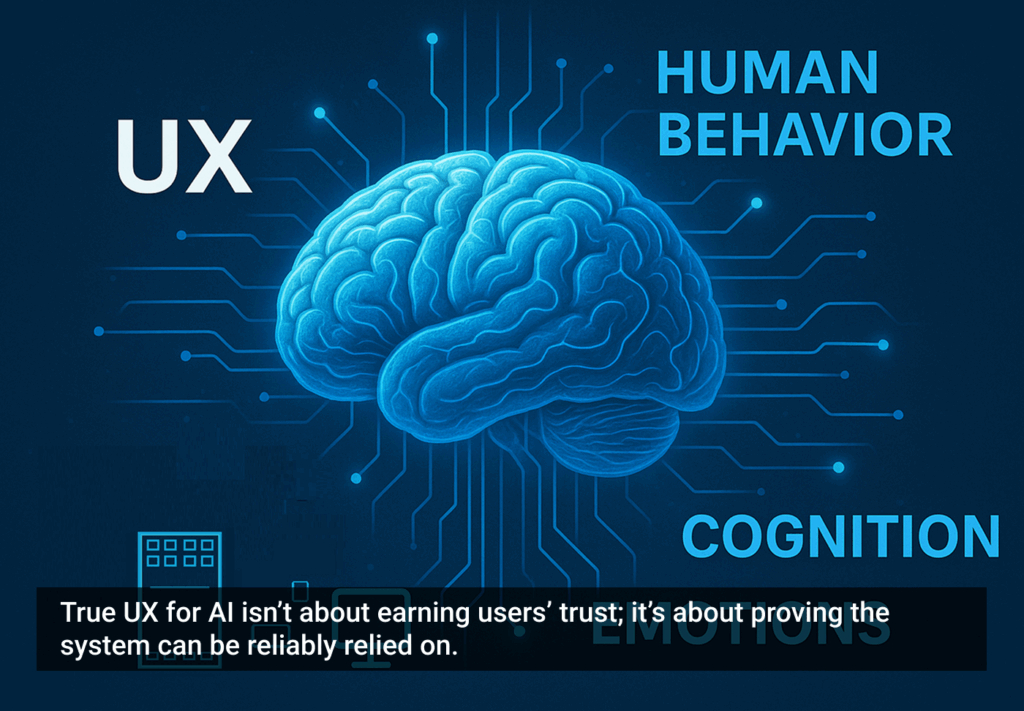def. bundle, to combine several products or services for sale as one combined offering or service package
def. unbundle, to break up packages once offered by providing particular parts of them at a scale and cost unmatchable in the established order
A central theme of the digital age has been a phase of business model disruption, with established institutions being broken down and reformed anew. The bundle/unbundle cycle has been one recurring thread in this story, and is best illustrated by the music industry. In the 90’s, unbundling saw the smallest unit of sale — the album — broken down into single tracks sold as MP3s. This disaggregation of content, supported by internet-enabled zero-marginal cost distribution, opened the door for new channels and business models.
“There are only two ways to make money in business: one is to bundle; the other is unbundle.” Jim Barksdale, former CEO and President of Netscape
Apple ultimately won this category with iTunes, and owned the distribution of music on the internet for over a decade. In 2002, prior to iTunes launch, singles made up only 1.9% of music transactions; 10 years later they made up 75%. However, this is not the end of the story: the most recent evolution in this cycle is best illustrated by Spotify, which have created an audio bundle and a business model which could be categorised as music as a service. Spotify is continuing to evolve their bundle in two ways: First, increasing their depth with a push into the wider audio category, as shown by recent acquisitions of podcast companies Gimlet Media and Anchor. Secondly, pushing breadth, through the creation of entertainment bundles in partnership with Showtime and Hulu.
Incumbents building empires.
So why do bundles happen? Bundling services together has a number of benefits, not least as a powerful growth play. By bringing together disparate elements of value, the core offering is strengthened through increasing breadth of appeal. A bundle can tip the scales of value to a point where new segments or customers are willing to open their wallets, or can help increase the rate of adoption and loyalty within existing segments. This effect drives the economics of the bundle, where high costs of production are offset by increasing breadth of appeal in a large, reachable, customer base. Consider what is arguably one of the most successful bundles of all time.
What’s in your office?
Microsoft Office has generated more than $300bn in revenue over a 20 year period and is one of the most successful products ever. In the 80s and 90s, there were a range of productivity applications filling “niches” such as spreadsheets, word processing and the production of slides. With no dominant player, a business wanting to obtain this range of productivity applications had to purchase multiple products from multiple providers. Enter Microsoft Office, a bundle of Word, Excel and PowerPoint, which launched in 1990. By bundling popular applications that would cost upwards of $1,500 if bought separately, and pricing the entire suite at $600, Office represented amazing value for money. No competitor could compete with the value for money Office represented which enabled Microsoft to win the market. Other factors, such as Microsoft’s ownership of the Windows operating system and the availability of significant resources to invest in the suite, contributed to this success, but that should not discount the impact of having a bundle with considerable intrinsic value. In 2009, almost 20 years after the bundle was formed, Office was still generating almost $20bn in annual revenue.
Plucky upstarts taking their slice.
Given the upside of bundles, why would you consider unbundling? The reality is, as an incumbent, it’s often not your choice. The unbundling of many institutions has been driven by disruptive upstarts or in response to a change in market landscape. In fact, a well trodden path to disrupt an industry or large incumbent is by picking apart their bundle.
As an upstart looking to disrupt an incumbent, the starting point is to identify an established industry with an incumbent player and a bundled business model. This model will often be built on a specific view of the world, which may no longer be fully in line with reality. Combine this understanding with an idea for a different way to solve the customer problem, and opportunities to unbundle present themselves. Add a little bit of magic, such as an underlying technological change or evolving consumer expectations, and the unbundled offering can be wildly successful.
Switching channels.
Netflix provides an illuminating example of how an underlying technical change can power the unbundling of an established industry. Netflix have been at the forefront of how people watch video content in the internet age. They have carved a slice of audience from the traditional cable bundle by taking advantage of a significant underlying technical change: the way content is distributed. Historically in the US, the gatekeepers between content producers and customers was cable companies, which owned the distribution of content. This led to the creation of content bundles curated by cable companies to drive adoption in different market segments. With the advent of the internet, the value chain of content production is no longer constrained by distribution. This opened the door for content companies to go direct to customers. Enter Netflix, which launched their streaming service in 2007 and by 2017 had more subscribers in the US than cable TV.
The changing nature of distribution, from channels over cable to on-demand streaming over the internet, did not just help Netflix build direct relationships with their customers: it also changed the nature of how content consumption. In an on-demand world, consumption is no longer constrained by what’s on the box right now, rather by what content the provider has available. This results in the effective unbundling of the smallest unit of sale from the channel to the show. No longer must a customer buy a giant bundle of channels, most of which they will never watch: they can purchase a service based on the shows they want instead.
Responding to this type of disruption is hard for a number of reasons. First, replicating the unbundled offering would cannibalise revenue from a still profitable bundle. Second, the act of unbundling often requires the shedding of less attractive elements of a bundle which can require hefty on-paper write-offs. Finally, the Incumbents worldview has been shaped by years of success through a bundled strategy. Unbundling would represent a dramatic shift away from this strategy which is often inconceivable and impractical for those involved.
To bundle or not to bundle?
Whether an incumbent or insurgent, it is valuable to consider the extent to which a bundle is at risk, ripe for disruption or viable to grow. A good starting point is a deeper understanding on the alignment between bundled value and customer needs. To what extent does a bundle meet customers needs better than other options (as MS Office did) or provide superfluous “value” which users don’t want (as was the case with many forgettable tracks bundled into an album). Are significant technological changes underway, as with Netflix where the internet fundamentally challenged the established value chain of how content was distributed and consumed, or are consumers expectations evolving, as with Spotify where music ownership has diminished in importance, as access has increased. Ultimately, the extent to which your bundle is safe to expand, or ripe for disruption is personal to your product, and can change quickly. It pays to keep your eye on it.








